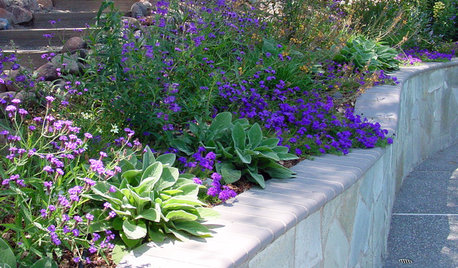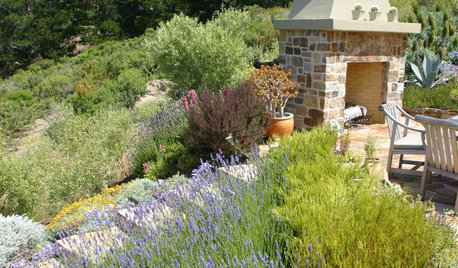mint as orchard ground cover?
lifesblessings
15 years ago
Featured Answer
Comments (6)
spademilllane
15 years agolast modified: 9 years agoOkiedawn OK Zone 7
15 years agolast modified: 9 years agoRelated Professionals
Salisbury Landscape Architects & Landscape Designers · Allentown Landscape Contractors · Bedford Heights Landscape Contractors · Caldwell Landscape Contractors · Canby Landscape Contractors · Fairview Landscape Contractors · Paterson Landscape Contractors · South Lake Tahoe Landscape Contractors · Streamwood Landscape Contractors · Eastlake Landscape Contractors · Aventura Decks, Patios & Outdoor Enclosures · Cedar Falls Decks, Patios & Outdoor Enclosures · Foothill Farms Decks, Patios & Outdoor Enclosures · Fort Worth Decks, Patios & Outdoor Enclosures · South Houston Decks, Patios & Outdoor Enclosureslifesblessings
15 years agolast modified: 9 years agomulberryknob
15 years agolast modified: 9 years agoOkiedawn OK Zone 7
15 years agolast modified: 9 years ago
Related Stories

GROUND COVERSGround Force: 10 Top Ground Covers for Your Garden
Protect your soil from weeds and drought this summer with a living mulch of ground covers
Full Story
GARDENING GUIDES5 Weed-Smothering Ground Covers
Let these landscape plants do the dirty work of choking out weeds while you sit back and enjoy the view
Full Story
GARDENING GUIDESHerb Garden Essentials: Grow Your Own Delicious Mint
Pull out a pot for this one. Mint's spreading habit and hard-to-kill nature can be a blessing — if you're properly prepared
Full Story
GARDENING GUIDESGreat Design Plant: Glandularia Rigida Paints the Ground Purple
Sandpaper verbena's deep purple flowers create a colorful carpet in drought-tolerant gardens
Full Story
DECORATING GUIDESNo Neutral Ground? Why the Color Camps Are So Opinionated
Can't we all just get along when it comes to color versus neutrals?
Full Story
GROUND COVERSNative Alternatives to English Ivy, Japanese Pachysandra and Periwinkle
These shade-loving ground covers are good for the environment and say something about where you are
Full Story
GARDENING AND LANDSCAPINGPatio Pavers Go Green in Between
Kind to the environment and easy on the eyes, pavers with moss or other foliage in the joints create a charming permeable hardscape
Full Story
GROUND COVERSGive Your Lawn a Taste of the Wild
Consider the joys of an irregularly trimmed meadow lawn: It’s ecofriendly, visually interesting and still good for romping
Full Story
LANDSCAPE DESIGN15 Great Ideas for a Lawn-Free Yard
End the turf war for good with hardscaping, native grasses and ground covers that save water and are easier to maintain
Full Story
GARDENING AND LANDSCAPINGEasy Herbs for Every Space
Resilient and forgiving, herbs like mint, thyme and rosemary are simple to grow and look great in both containers and landscape designs
Full Story





dalemu1944_msn_com